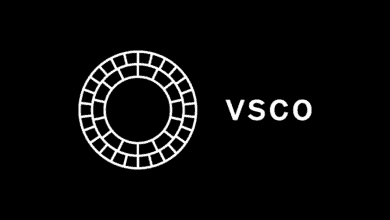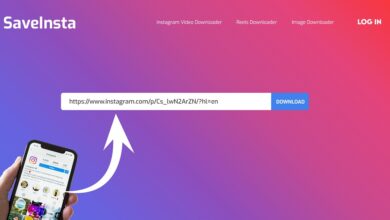
Machine learning is one of the most influential developments in data science. The ability of algorithms to be trained to solve real-life problems and make predictions based on their previous experience is extremely important for businesses and investors. It allows computers to do the most with data for shift-share analysis, for example, or predict the future prices of the stock. However, sometimes a computer model based on machine learning starts to decrease in accuracy after initial testing. One of the main causes of it is known as data shift.
Defining data shift
In machine learning, data shift is generally defined as a change in the distribution of data between the training sets and the test sets. But what does this really mean?
When we are feeding the algorithm with data, we expect it to learn how to provide solutions to particular problems. For example, we might want to create a model that can predict consumer behavior in relation to particular products over the coming months. In such cases, we provide the algorithm with sufficient input data and expect certain output data. And then we can define its accuracy by how well the output data reflects reality.
But thus far these are just the training conditions. We might be happy with the level of accuracy here, but once we apply our model to real-life tests, it is a whole different story. What might happen is that here, in the test conditions, the data shows completely unexpected outputs that reduce the accuracy of our model. Thus, the input datasets shift from what the model used to be working with, which degrades the accuracy of the model’s predictions.
The causes of the shift
Data shift is a very well-known problem for those working with machine learning. This leads to wondering why such an issue arises. The reasons for the dataset shift can be categorized into two major classes.
Firstly, there may have been a flaw in the training. Might be that the data for the training was selected with a certain bias and preconceptions regarding the real-life conditions. If only some features of reality are represented in the input data while other important qualities are ignored, then the eventual shift is very likely.
Secondly, the reason behind the shift might be the different conditions in the real-life environment. When deploying the model, we can find that the real-life conditions changed between training and testing. The world is ever-evolving, and nothing stays the same for long. Sometimes the changes are very sudden and impactful. A clear example of it is the Covid-19 pandemic. If the training of the algorithm for the prediction of the consumer behavior happened right before the pandemic and then the model is tested during it, it would unavoidably experience the data shift.
Thus, these are the main groups of reasons that cause the dataset shift. Subcategories could be specified within these categories, but generally, we can say that causes of the data shift would be based on either the deficiency of training or the changing environment. Therefore, let us turn to the final crucial question.
How to avoid or fix it?
As noted above, the causes for the shift can lie either within the training process or the testing conditions. Naturally, we are more in control of the training conditions than the real-life situations that follow. Thus, avoiding the data shift is all about improving the training.
Here, in order to avoid selection bias, we have to make sure that a lot of different data types are fed to the algorithm. This means that we should not be quick to judge what are the only important kinds of data to describe the environment. We should be careful to acquire not only traditional but alternative data as well to produce a well-rounded training for our model. Data shift in distribution can really only be prevented by wide data distribution in advance.
Additionally, you might try to predict the future trends in the markets that could cause a relevant shift in the conditions. However, guessing at the future is, of course, not an easy task and would itself usually require computer modeling and loads of data.
When the training is done and the shift is already apparent, it is harder to fix the issue, but there are a few things to try. In some cases, the algorithm might be working on some features that are irrelevant to the actual objective. These features might affect the predictions negatively while not providing any useful information about the environment. Thus, one might try to recognize such a characteristic and remove the data that describes it.
On the other hand, it would make sense to try and feed the algorithm with the additional data that was not available at the time of training. This might work in some cases while in others one would need to start over to get the wanted results.
Trial and error
At the end of the day, it is important to remember that some level of data shift is not always avoidable. Thus, the only remaining option would be to learn from the previous mistakes and continue with a new and better model. After all, the trial and error method is the well-proven last resort for every attempt to create something better than what was done before.
Machine learning is a process that by its nature needs to be repeated and updated in order to get the best results. After all, perfection knows no boundaries.



